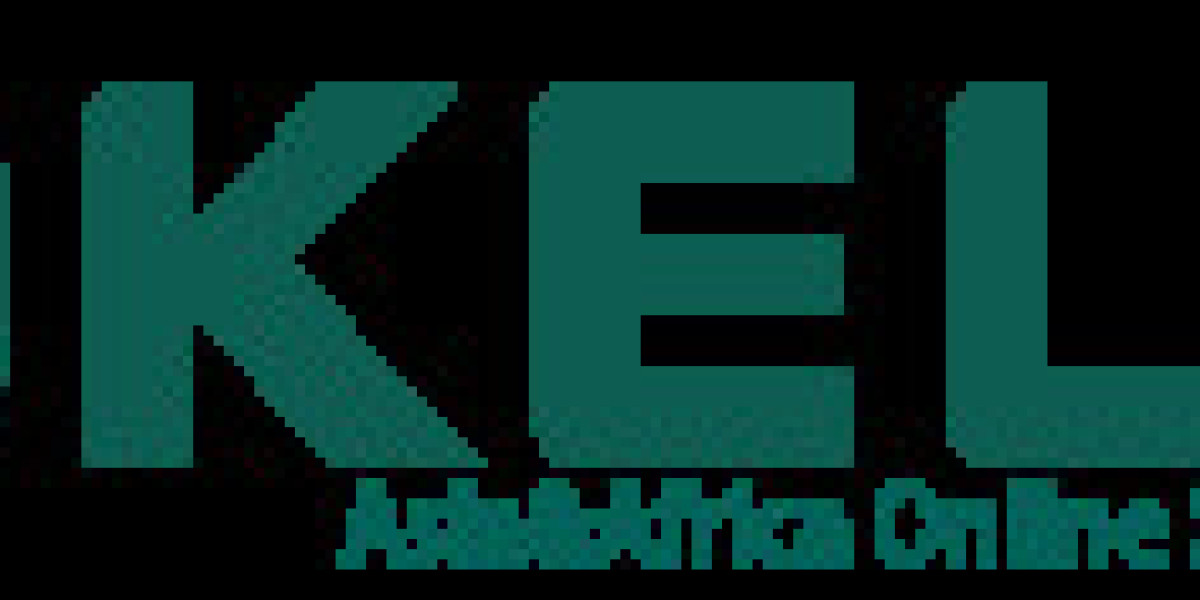You'll need to act quickly by activating your business contingency plan (launch your online store). Research supplier alternatives in advance and maintain relationships with multiple vendors to guarantee you're never dependent on just one supply sour
During supplier selection, verify their track records, shipping capabilities, and product quality standards. You'll need to integrate their inventory feeds seamlessly into your store's backend - start dropshipping. Focus on suppliers who maintain consistent stock levels and offer competitive pric
Install price tracking software that alerts you when supplier prices fluctuate beyond your preset thresholds
Configure automated competitor analysis tools to monitor similar products across multiple platforms
Set up flexible pricing rules that automatically adjust your prices based on market conditions
Establish minimum profit margin safeguards to prevent losses from automatic price adjustments
Create notification systems that alert you when manual intervention is needed for significant price chang
Create a thorough spreadsheet that tracks all expenses, and aim for a minimum 30% profit margin after accounting for every cost. This approach guarantees sustainable operations and protects you from unexpected financial challenge
This structure also enables rapid market testing and scaling. You can quickly adjust your product selections based on real-time demand data, while avoiding the typical inventory constraints that limit traditional retailers' flexibilit
Automate your dropshipping business by implementing essential tools for inventory management, order processing, and customer service. You'll save significant time with automated stock syncing, order routing, and email responses. Set up chatbots for 24/7 customer support, configure marketing automation tools for social media, and employ analytics dashboards to monitor performance metrics. inventory. When properly integrated, these automation systems can reduce your weekly workload by 20+ hours while increasing accuracy and scalability. Let's examine the specific tools and strategies you'll ne
You'll need proper business registration to operate legally. While you can start small, meeting legal requirements is essential. Check your local regulations and consider consulting a business advisor for specific licensing need
You'll need $500-2,000 for your initial investment, covering website setup, marketing, and product testing - consumer. Plan for ongoing expenses like advertising ($200-500/month) and platform fees to maintain a sustainable dropshipping operati
Many dropshippers fail because they don't account for the numerous hidden costs (e-commerce) that erode their profit margins. Beyond the basic product cost and shipping fees, you'll encounter payment processing charges, platform fees, marketing expenses, and customer service cos
Secure payment processing systems with automated fraud detection safeguard your business from financial risks. Integration between your e-commerce platform and accounting software ensures accurate financial tracking and tax compliance. These fundamental automation tools create a reliable foundation for scaling your dropshipping operation safely and efficientl
Monitor your supplier's average processing times and select shipping options that balance speed with cost-effectiveness
Clearly communicate delivery expectations on your website, including estimated arrival dates and potential delays during peak seasons
Set up tracking systems to proactively identify shipping issues before customers complain
Establish relationships with multiple suppliers in different geographical locations to reduce delivery times and provide backup optio
You'll find extensive training options through BHIP's online learning portal, including step-by-step tutorials and expert mentorship availability. They'll guide you safely through your dropshipping expedition with proven, data-backed strategies for succes
A dropshipping success story: Sarah M. scaled her fashion store to $40,000 monthly revenue within 18 months using targeted social media marketing
An FBA triumph: John D. reached $80,000 monthly selling specialty kitchen tools after one year of optimization
Combined approach winner: Mike R. utilized both models to build a $150,000 monthly business within two yea
With dropshipping, you'll face lower upfront costs but tighter profit margins due to supplier markups. learn dropshipping. FBA requires more initial capital but often yields higher margins through bulk purchasing power. Your operating costs with FBA include storage fees and fulfillment charges, while dropshipping mainly involves platform fees and marketing expenses. This makes FBA potentially more profitable long-term, despite higher startup cos
Wondering why some dropshippers succeed while others struggle? The difference often lies in thorough niche research - learn dropshipping and strategic product selection. You'll need to conduct detailed market analysis to identify underserved segments with growth potenti
blondelldymock
309 בלוג פוסטים



